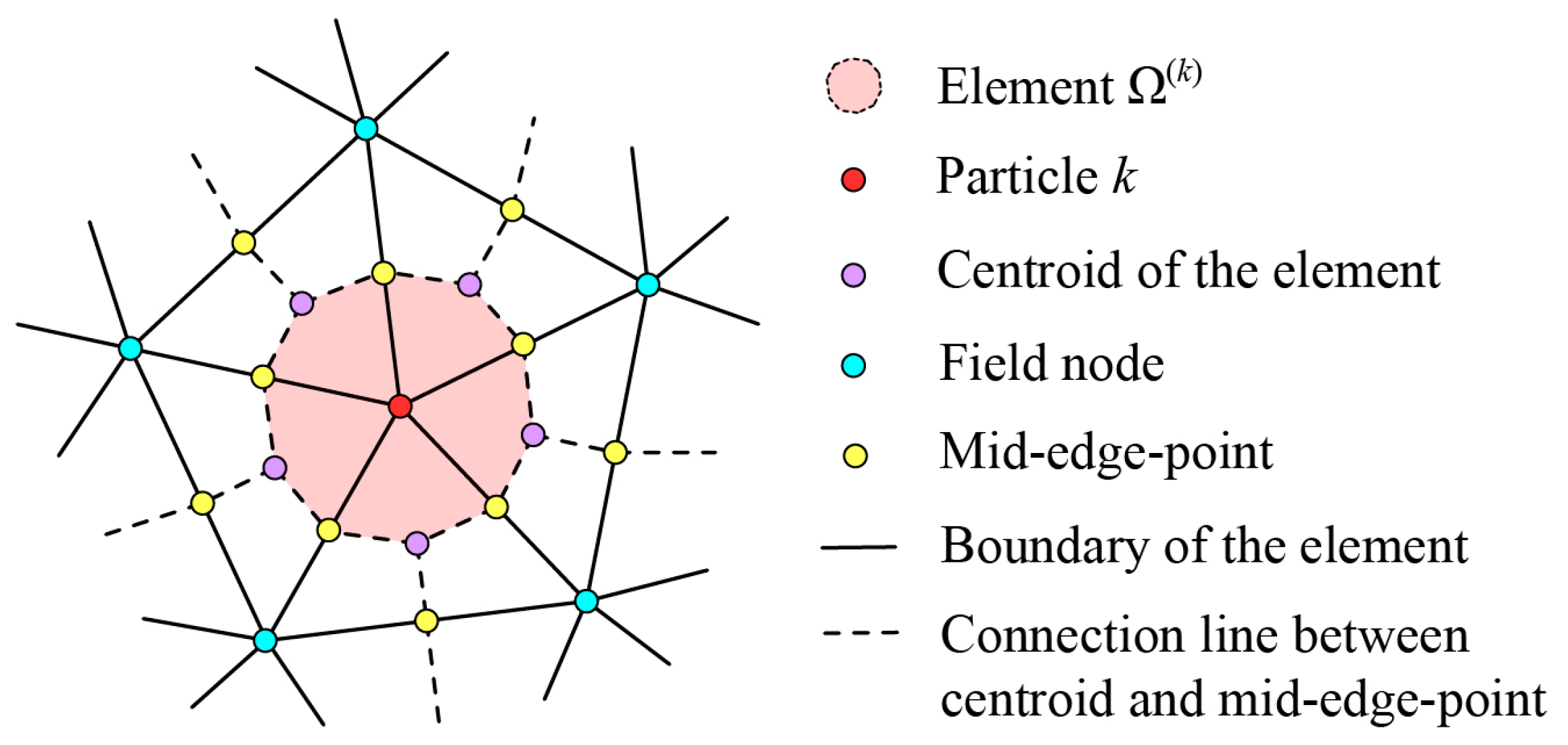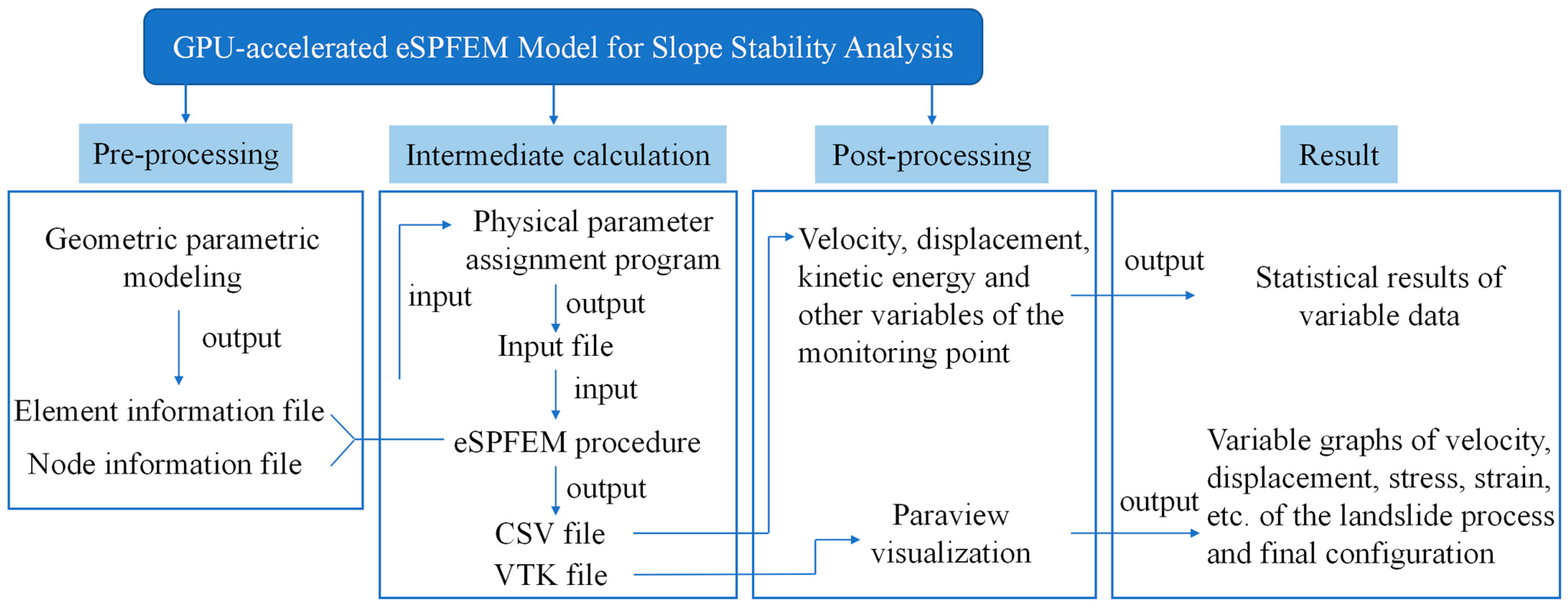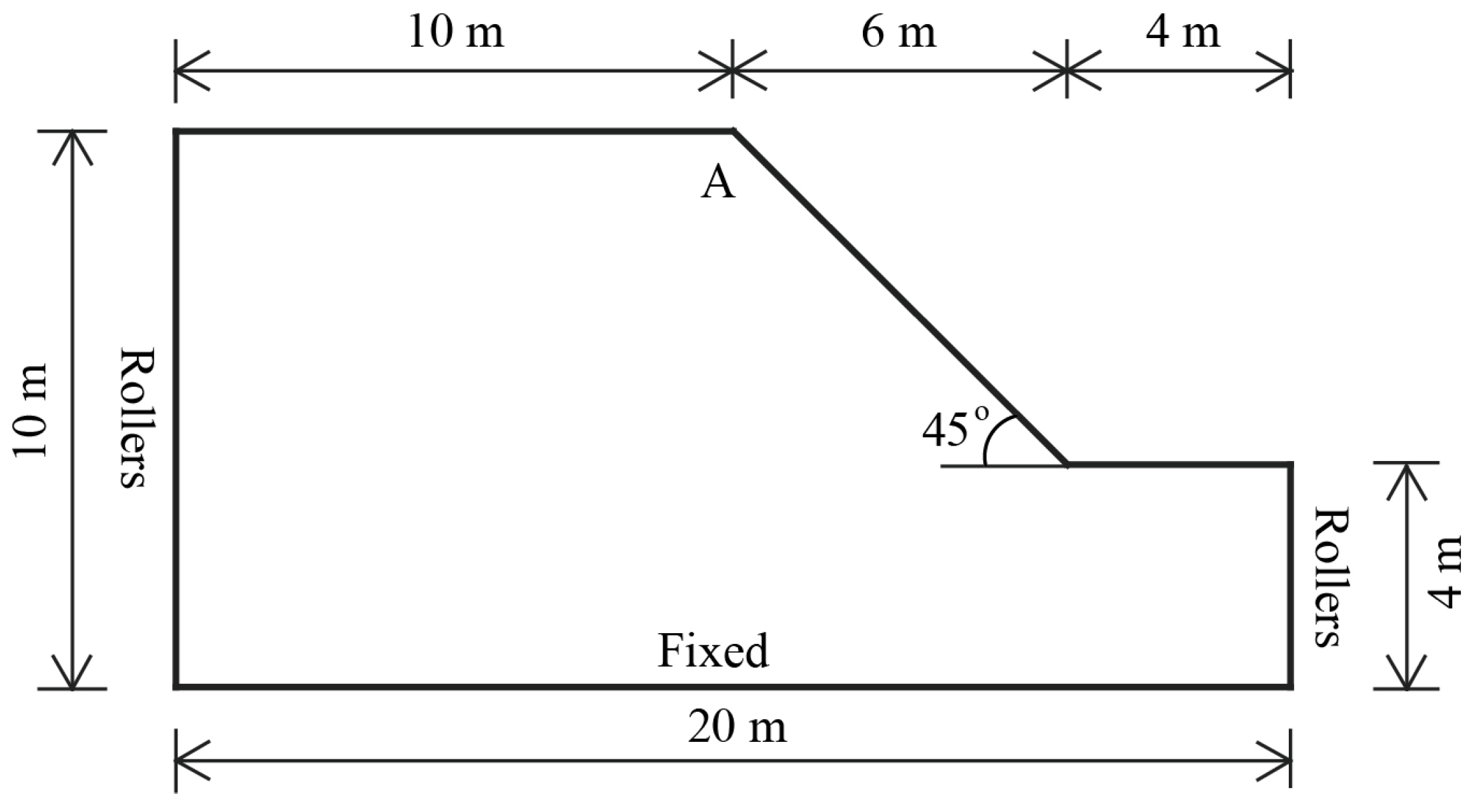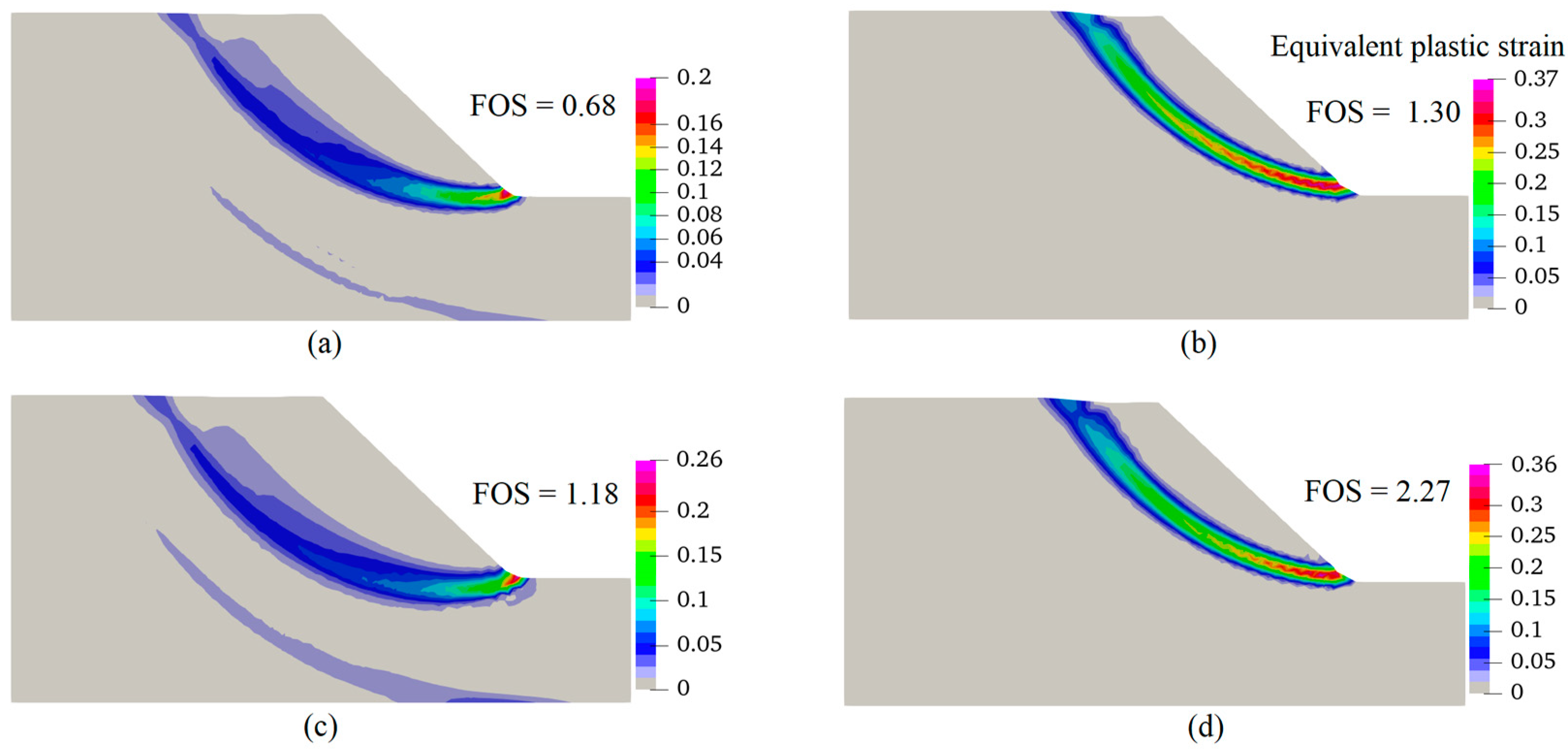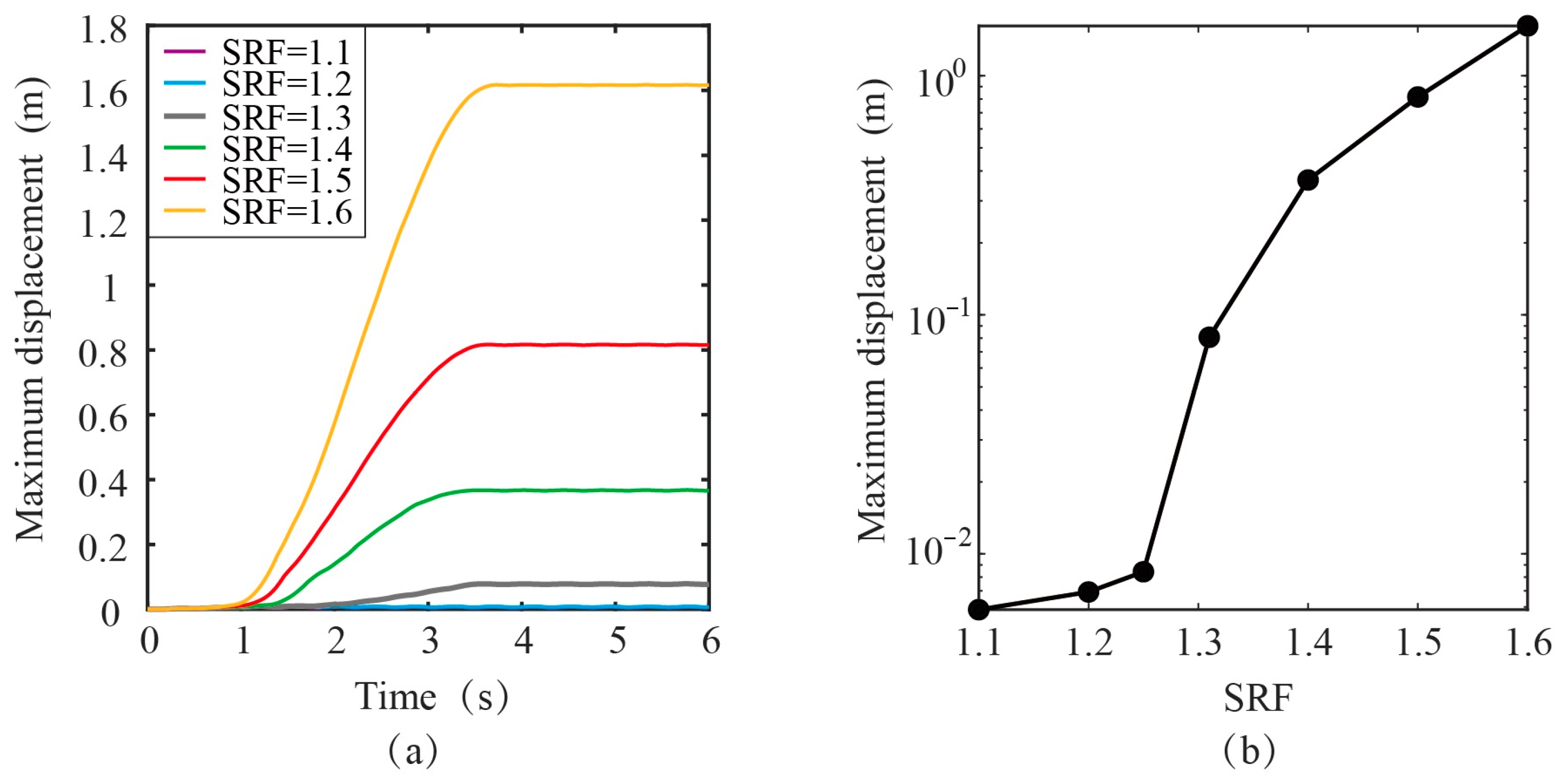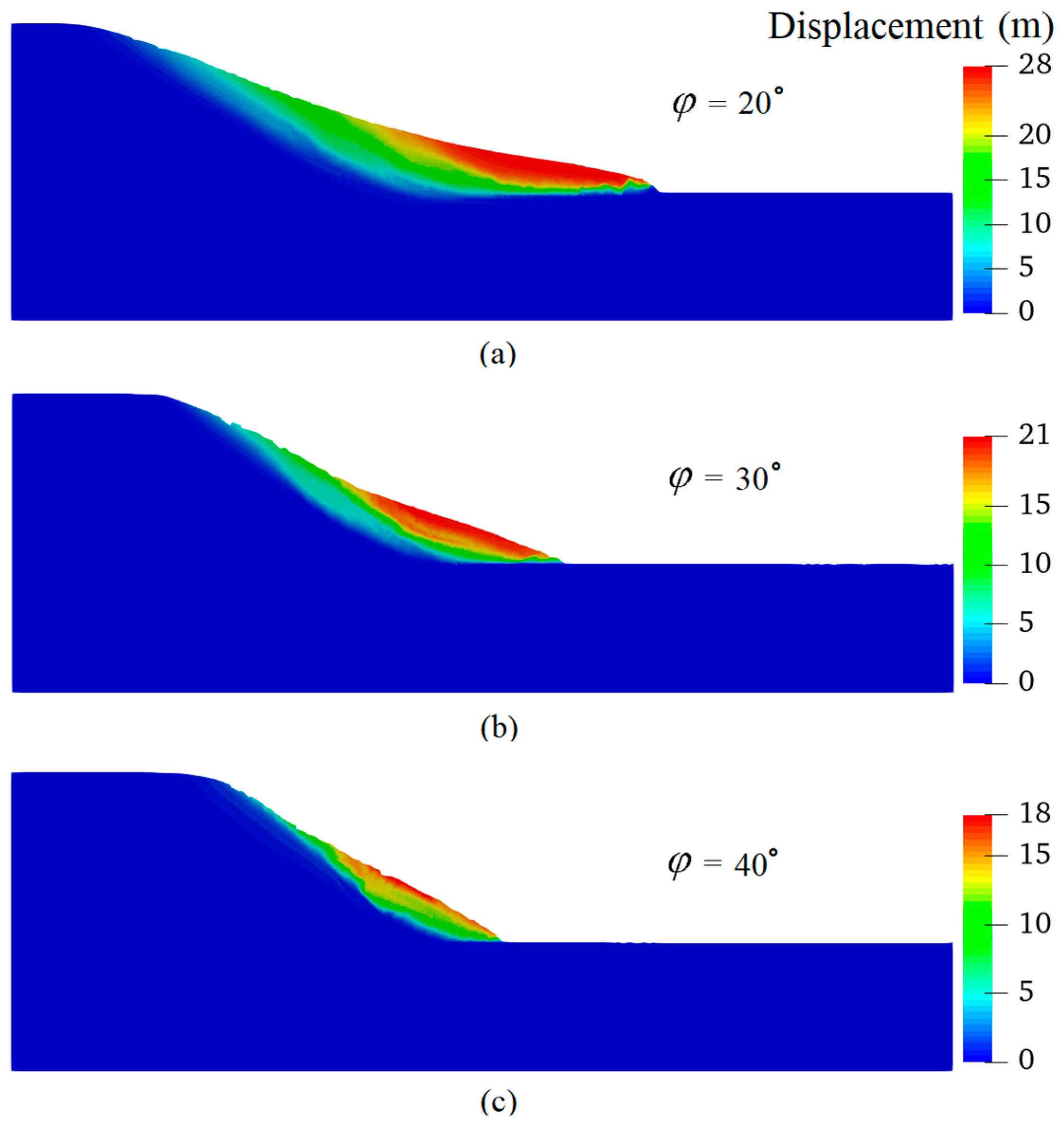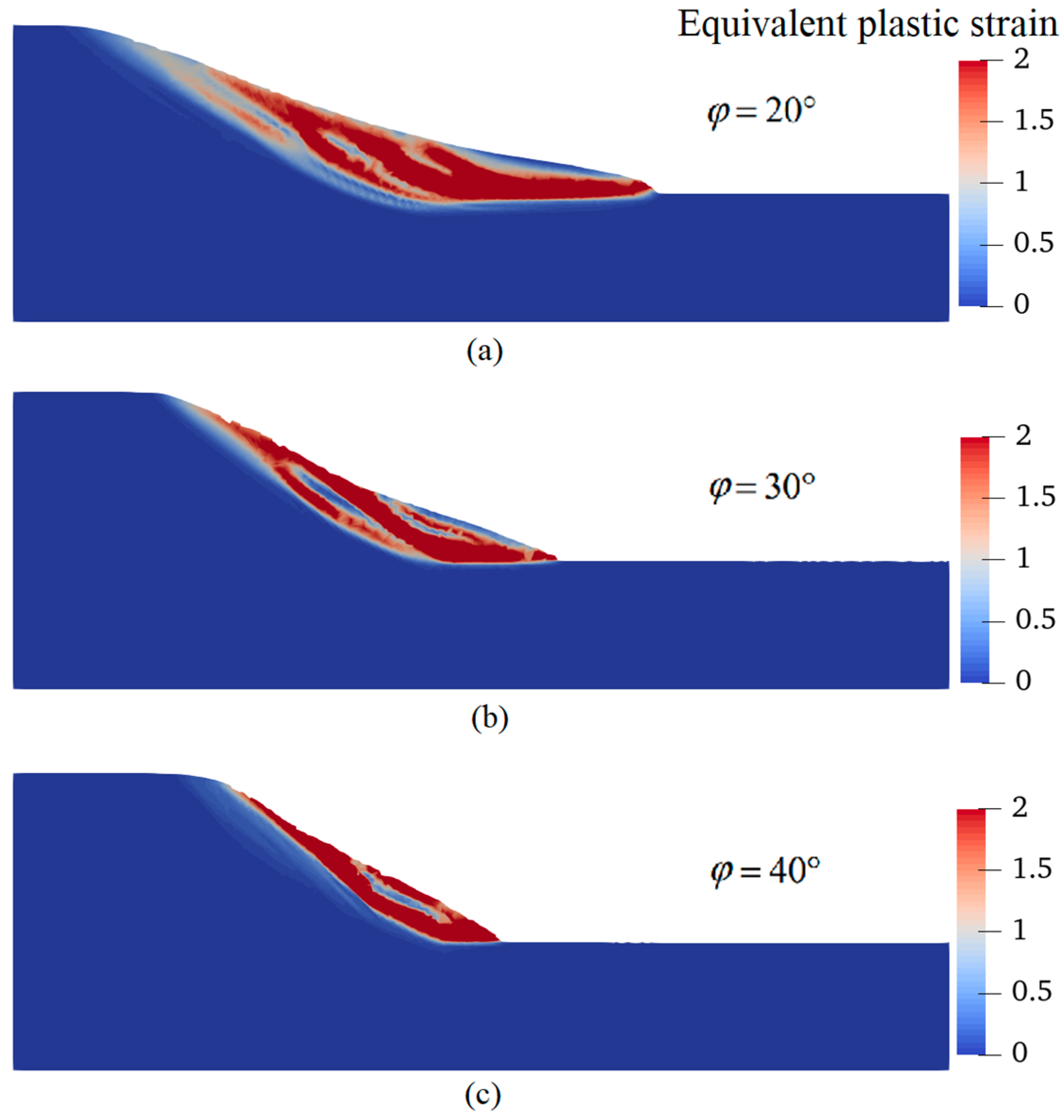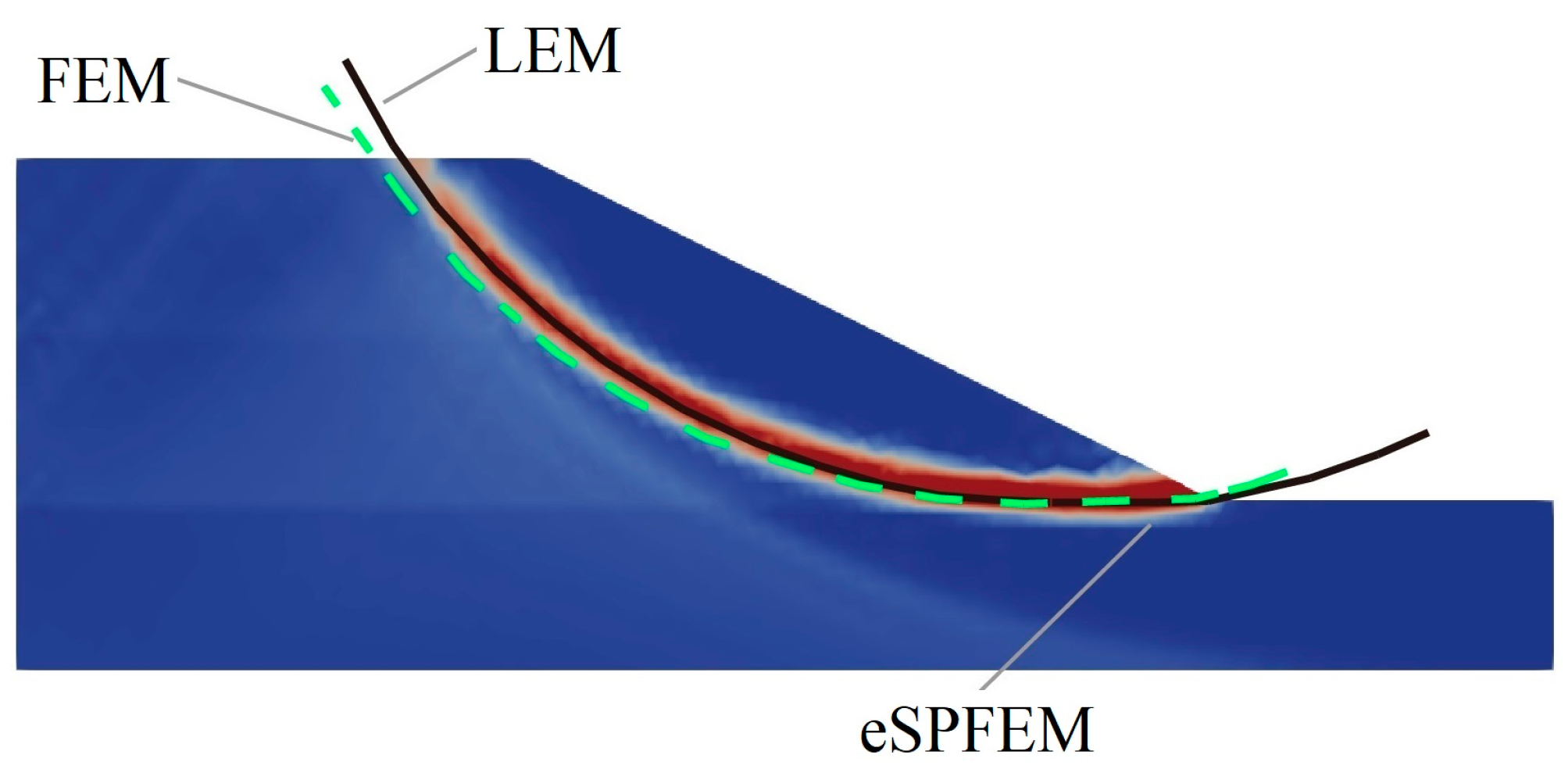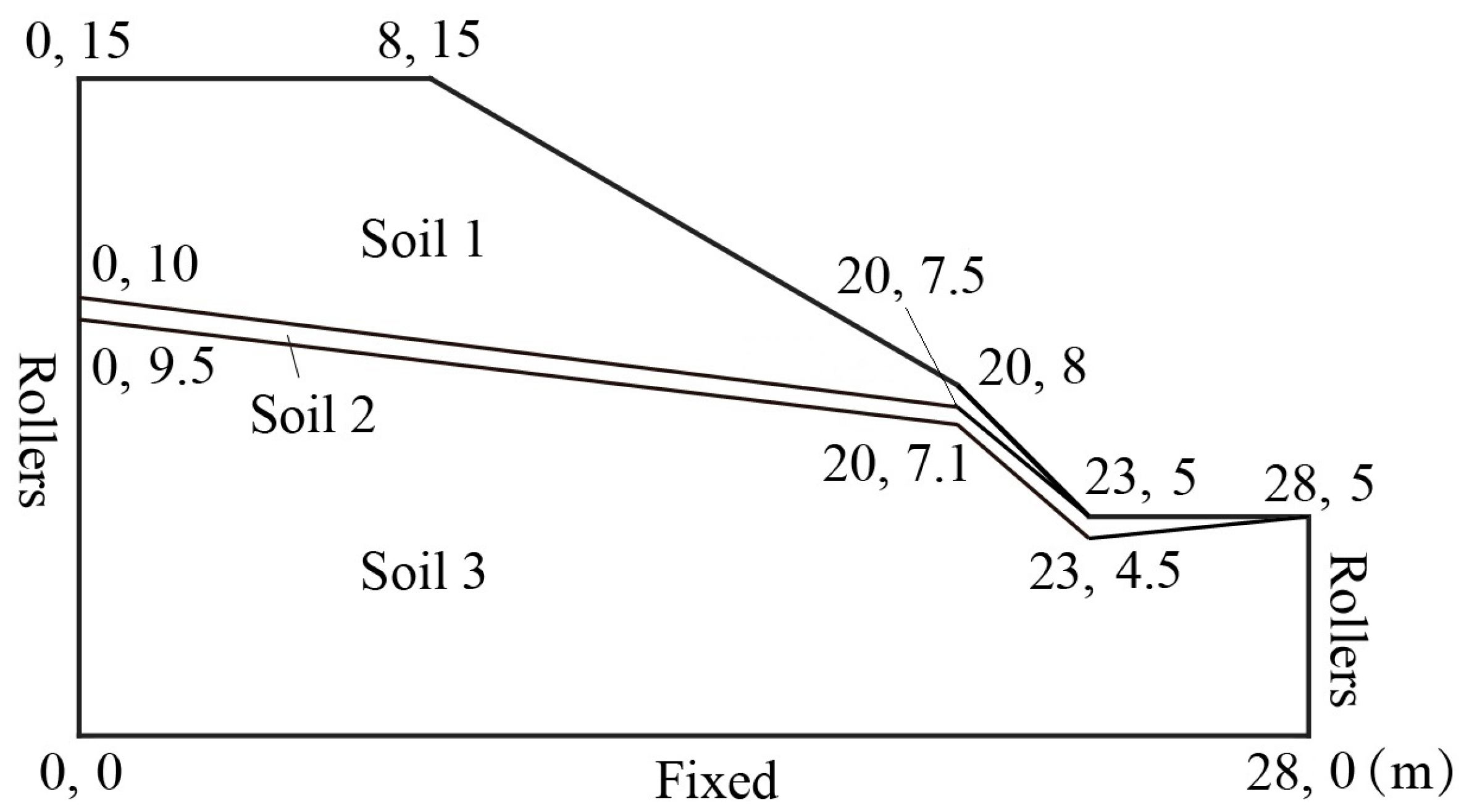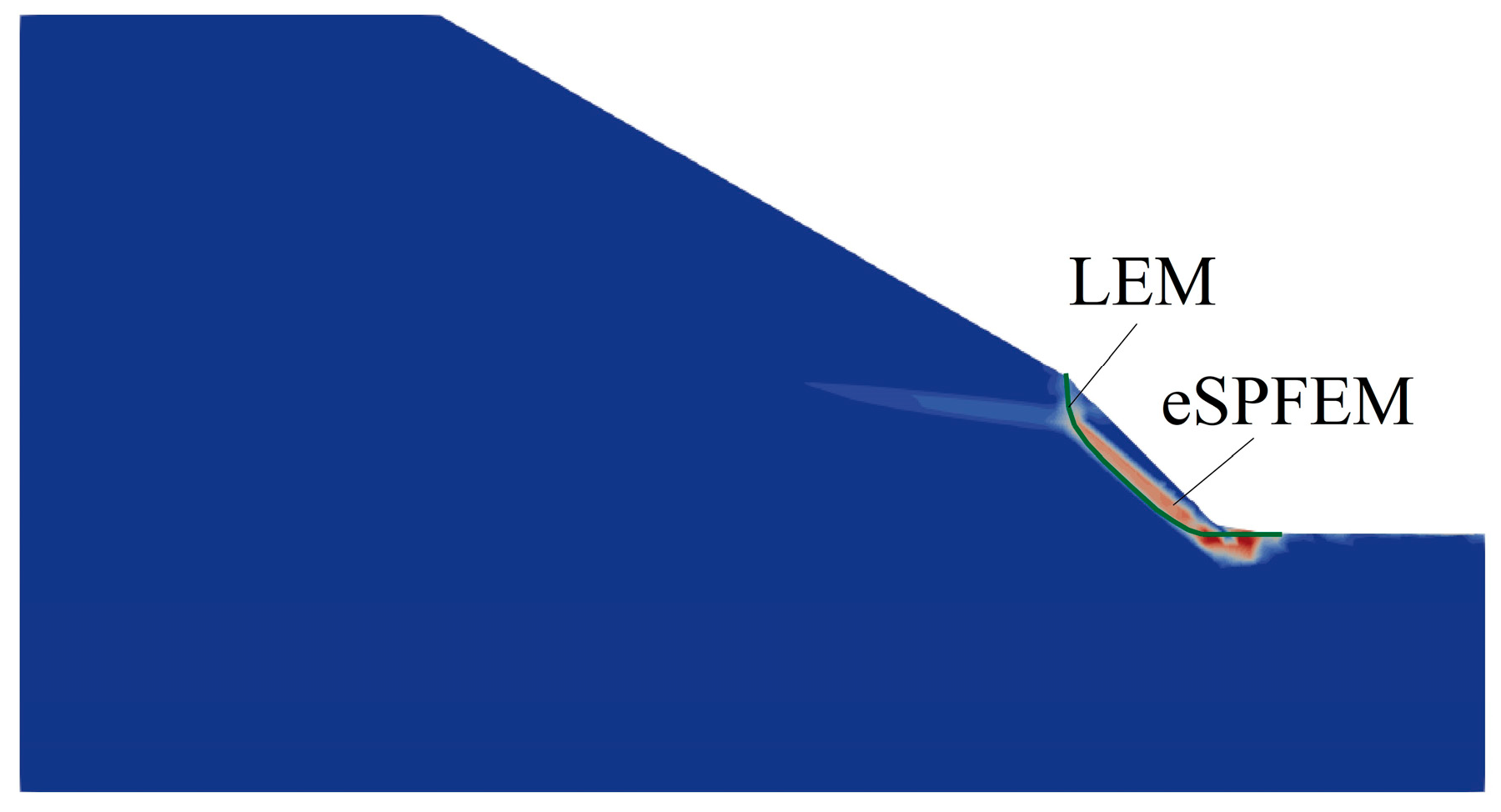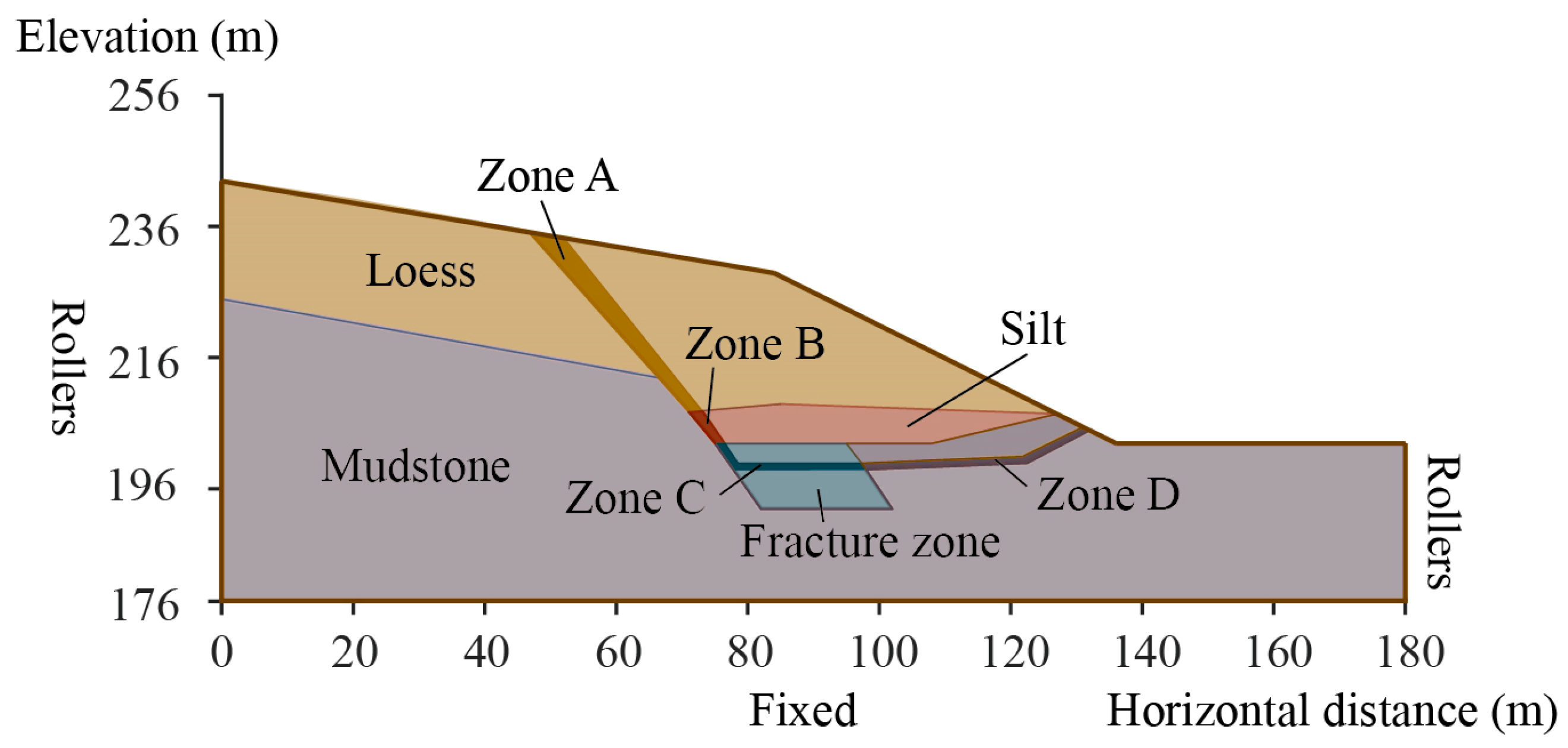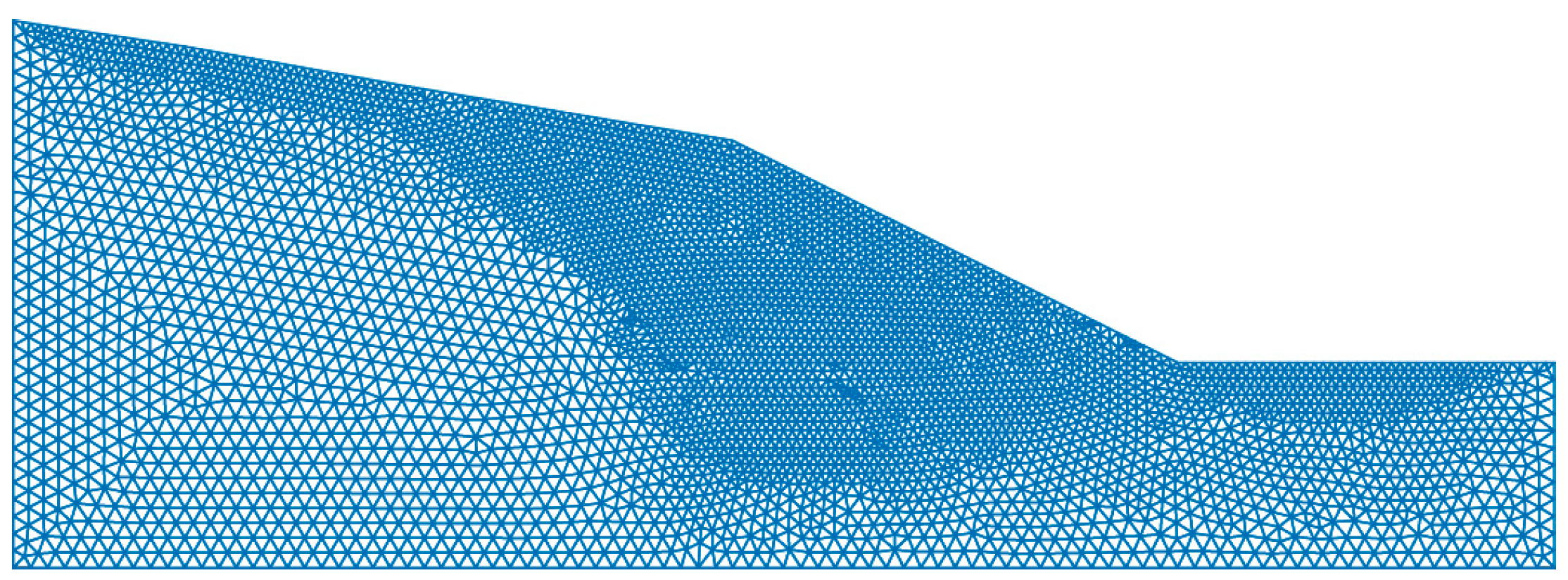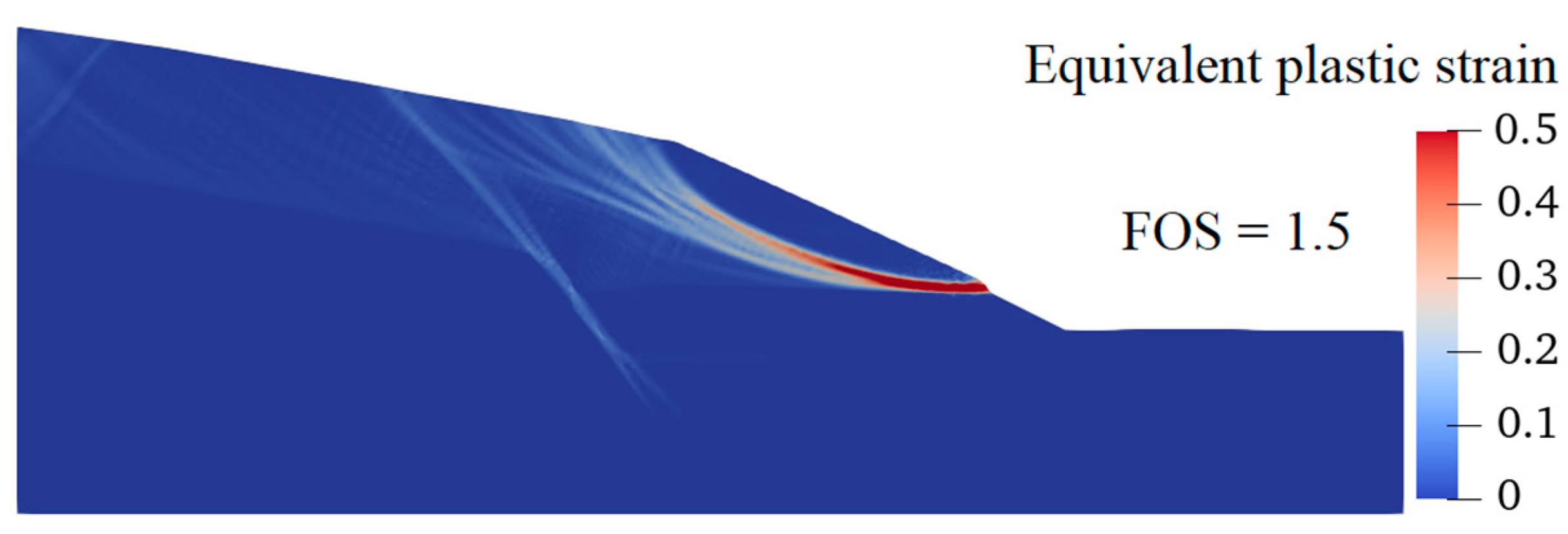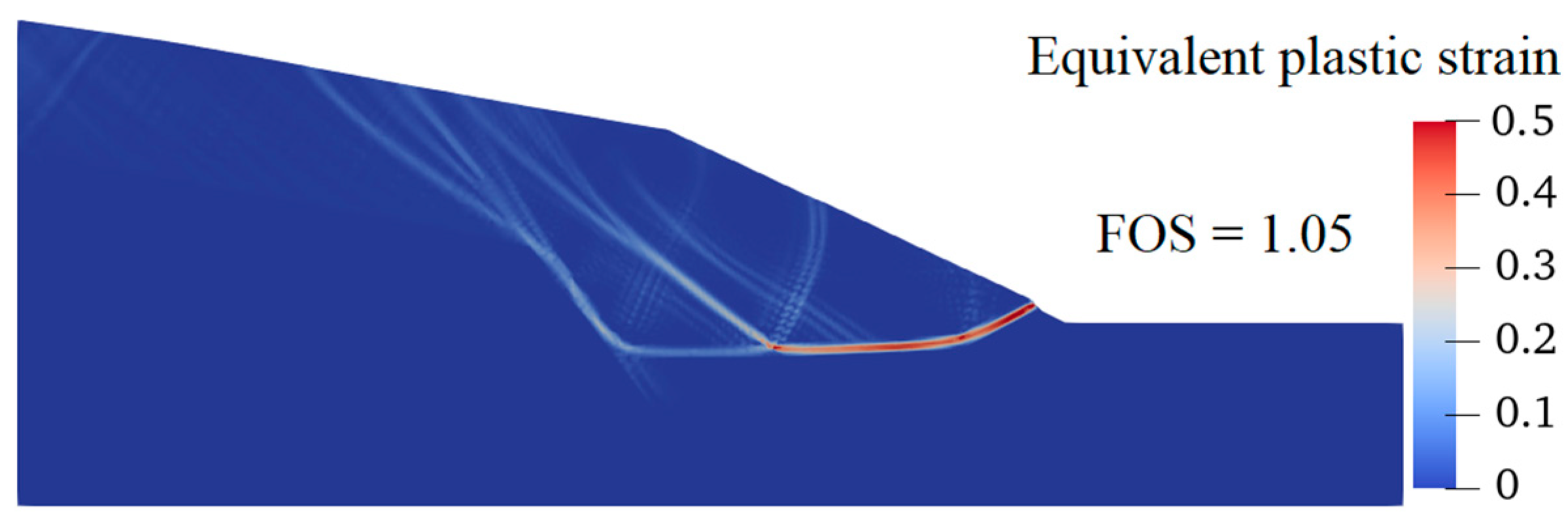1.1. Background of Landslides
A landslide is a common natural disaster that causes environmental damage, casualties and economic losses and has a serious negative impact on the sustainable development of society. Landslides can pose a severe threat to human survival and the orderly development of land resources and are one of the most pressing environmental problems worldwide.
Landslides can cause considerable soil loss, thus exerting long-term adverse effects on agricultural production, such as reduced soil productivity, soil water-holding capacity and water quality in streams and rivers [
1]. It has been estimated that during severe storm events, which occur once every 20–50 years, steep pasture slopes may experience a loss of up to 10% of their soil area, leading to 36% of personal property being damaged and even casualties [
2,
3]. Studies indicate that the recovery of soil productivity in areas affected by landslide erosion takes many years and annual forage yields are unlikely to reach more than 80% of those in non-eroded areas within a few decades [
3].
Landslides usually cause considerable damage to infrastructure, as this natural phenomenon may leave railway piers broken, railways bent and collapsed, passenger lines shut down for a long time, buildings severely damaged or collapsed, mountain roads cut off, high-voltage transmission towers destroyed and residential electricity disrupted [
4]. Moreover, landslides have been known to cause damage to underground structures [
5,
6], with reported cases of landslide-induced damage extending to oil pipelines, road tunnels and railway tunnels [
7,
8].
In addition, geological disasters caused by human activities, such as engineering construction and the mining of rock and soil masses, occur frequently [
9]. These activities not only alter the original landscape but also destroy native vegetation, disrupt the habitat of native animals and disturb the ecosystem. Furthermore, such human activities cause disturbance and damage to the exposed failure surface of rock and soil mass [
10,
11].
To ensure the sustainable development of both nature and society, it is imperative to leverage efficient numerical simulation technology for evaluating and predicting landslide disasters. By doing so, we can effectively prevent the adverse consequences of landslides and significantly minimize their negative impact.
1.2. Numerical Analysis Method for Large Deformation in Geomechanics
Numerous problems concerning geological hazards and geotechnical engineering are related to large deformation problems, such as landslides, debris flows, infrastructure installations, underground structure collapse, static penetration tests, anchoring and pulling out and soil liquefaction and seepage failure [
12,
13,
14].
Although the traditional finite element method (FEM), which deals with small deformation, can describe the initial failure in the surface of the structure well, it may result in large mesh distortion when dealing with large deformations after the initial failure because the aforementioned method lacks stability and accuracy and is limited in terms of solving large deformation problems in geomechanics [
13,
15]. The large deformation of geomaterials under time-varying loads is a difficult problem in the field of geomechanics due to considerable soil structural deformation, complex contact conditions and nonlinear soil behaviour [
16]. Therefore, the development of effective numerical simulation tools will be very helpful in analysing such problems. Large deformation finite element analysis has been widely used in geomechanics, and can numerically explain the problem of structural elements moving across relatively long distances in the soil [
17]. Over the past 50 years, many numerical frameworks have been developed to describe and examine large deformation problems in geomechanics.
Thus, the arbitrary Lagrangian–Eulerian (ALE) method was developed, which combines the advantages of the Lagrange and Euler methods to alleviate the disadvantages of mesh deformation in the Lagrange method [
18,
19]. However, the computational efficiency of ALE depends on the division of the initial mesh, and the geometric calculation related to the mesh is cumbersome and complicated to implement [
20,
21].
Another method that was developed is the remeshing and interpolation technique with small strain (RITSS), which is an ALE-based approach [
22,
23]. After calculating each deformation step, RITSS conducts frequent mesh resection and variable interpolation according to the updated calculation boundary and repairs the deformed soil mass to avoid excessive distortion in the computed generated mesh [
24]. However, this method requires specialised and user-dependent computer codes and scripts to control the processor, thus limiting its routine application in engineering practise [
15].
The coupled Eulerian–Lagrangian (CEL) is another ALE-based method [
25]. Unlike ALE, the mesh in the Lagrangian components of CEL is fixed and does not undergo mesh re-subdivision during calculation. As CEL is part of a commercial software, the method is more accessible. The analysis process is relatively straightforward, eliminating the need for users to program. Further, finite element models can be constructed entirely through graphical interfaces [
26].
Moreover, the smooth particle hydrodynamics method (SPH) [
27,
28,
29], which belongs to the group of mesh-free methods, avoids the deformation and distortion of the mesh by using a set of particles instead of the mesh in the traditional FEM method. The main advantage of SPH is that there is no need for a fixed computational mesh when calculating spatial derivatives, which can be replaced by analytical expressions based on smooth function derivatives [
30]. However, the mesh-free method requires a proximity search and has a high computational cost. In addition, mesh-free methods usually require special processing techniques to deal with boundary conditions [
31].
The material point method (MPM) is a mesh-based particle method [
21,
32,
33,
34,
35] derived from the unit particle method in computational fluid dynamics [
31]. Because MPM has Lagrangian and Eulerian characteristics, it avoids the problem of excessive mesh deformation when using the Lagrangian formula. By mapping between the material points and the mesh, mesh entanglement during the complete deformation process can be avoided [
32].
The particle finite element method (PFEM) is another mesh-based particle method [
13,
36], which uses particles to represent materials similar to the mesh-free particle approach. The Delaunay triangulation technique is used to connect these particles and build computational meshes. The boundary of the computing domain is determined using the α-shape method. The governing equations are solved using standard FEM. When the mesh deformation is deemed too large, the Delaunay triangulation technique is used to regenerate the mesh and avoid excessive mesh deformation. Therefore, the PFEM not only has the flexibility of the mesh-free particle method for arbitrary geometric shape alterations but also inherits the solid mathematical theoretical foundation of the traditional FEM [
37], ensuring the accuracy and convergence of the calculations. However, the PFEM has two main problems: (1) volumetric locking due to the use of low-order elements and (2) mapping errors caused by frequent information transfer.
Recently, some new methods have been developed based on PFEM, such as the smoothed particle finite element method (SPFEM) with the introduction of strain smoothing technology [
11,
12,
13,
31], the edge-based smoothed particle finite element method (ES-PFEM) based on boundary integration [
38], the node-based smoothed particle finite element method (NS-PFEM) based on nodal integration [
39] and the stable node-based smoothed particle finite element method (SNS-PFEM) based on stable nodal integration [
40,
41]. However, it can be seen from Zhang et al. [
13] that the calculation results of the SPFEM are conservative.
This study used the self-designed explicit SPFEM (eSPFEM) program code to develop a GPU-accelerated eSPFEM for large deformation analysis in geomechanics based on high-performance computing on the CUDA platform. The large deformation behaviour and final deposition state of the whole slope were simulated using the eSPFEM. The kinetic energy-based criterion combined with the strength reduction technique was used to calculate the factor of safety (FOS) value of the slope under different working conditions and the slope instability process.
